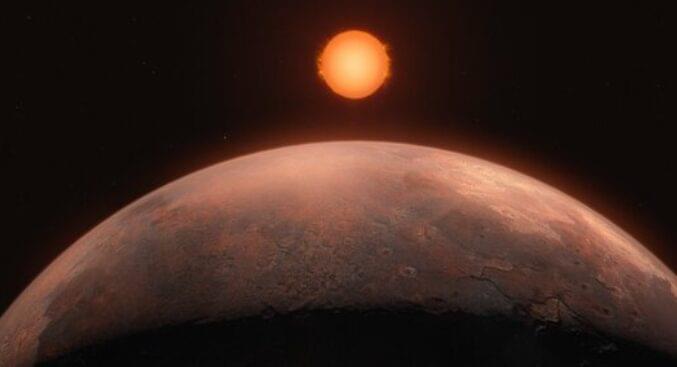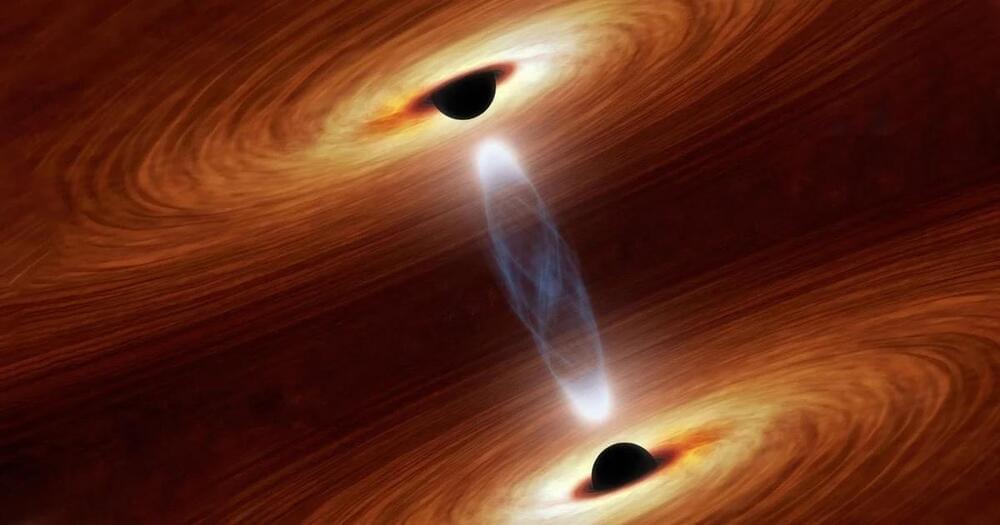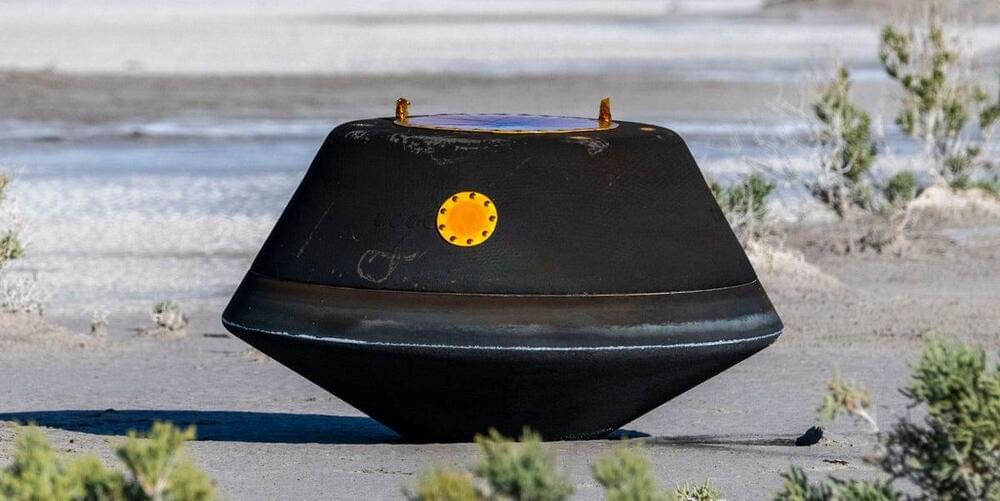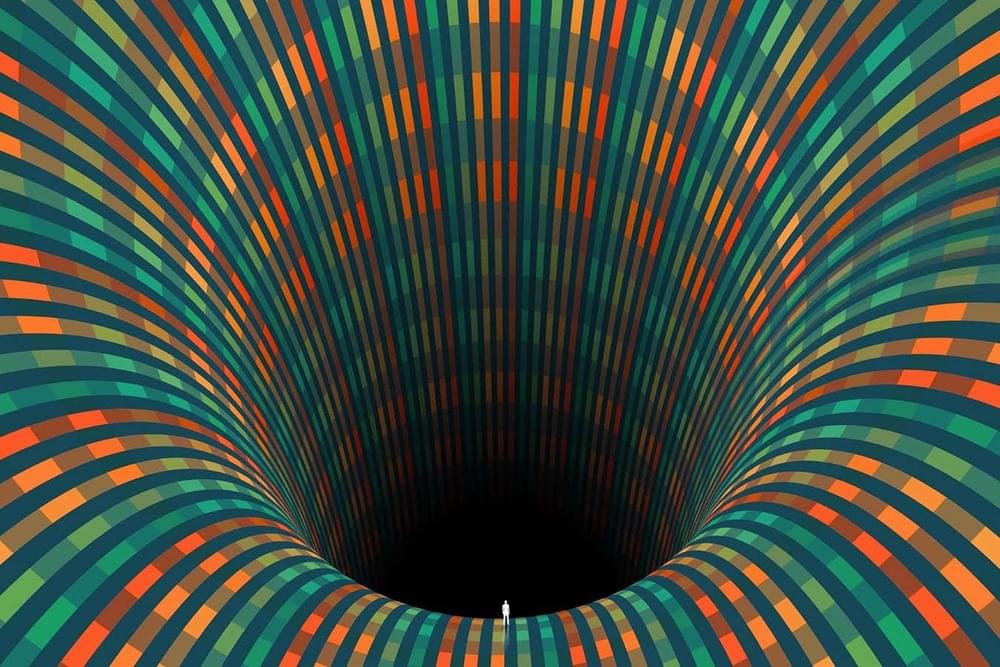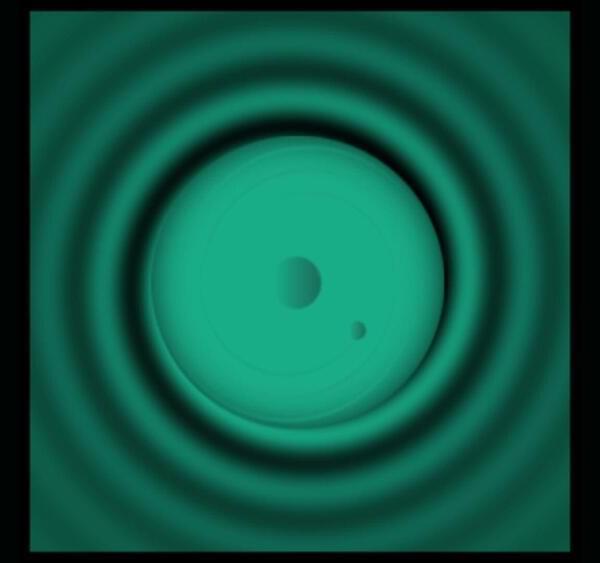Brush up on your physics knowledge with Brilliant! First 30 days are free and 20% off the annual premium subscription when you use our link ➜ https://brilliant.org/sabine.
Mathematician and Computer Scientist Stephen Wolfram wants to do no less than revolutionising physics. He wants to do it with computer code that gives rise to all the fundamental laws of nature that we know and like — and maybe more. Unfortunately, Einstein’s theories of general relativity inherently clash with how computers work. And yet, he and his team might have found a clever way around this problem.
🤓 Check out my new quiz app ➜ http://quizwithit.com/
💌 Support me on Donorbox ➜ https://donorbox.org/swtg.
📝 Transcripts and written news on Substack ➜ https://sciencewtg.substack.com/
👉 Transcript with links to references on Patreon ➜ / sabine.
📩 Free weekly science newsletter ➜ https://sabinehossenfelder.com/newsle…
👂 Audio only podcast ➜ https://open.spotify.com/show/0MkNfXl…
🔗 Join this channel to get access to perks ➜
/ @sabinehossenfelder.
🖼️ On instagram ➜ / sciencewtg.
#science #physics
